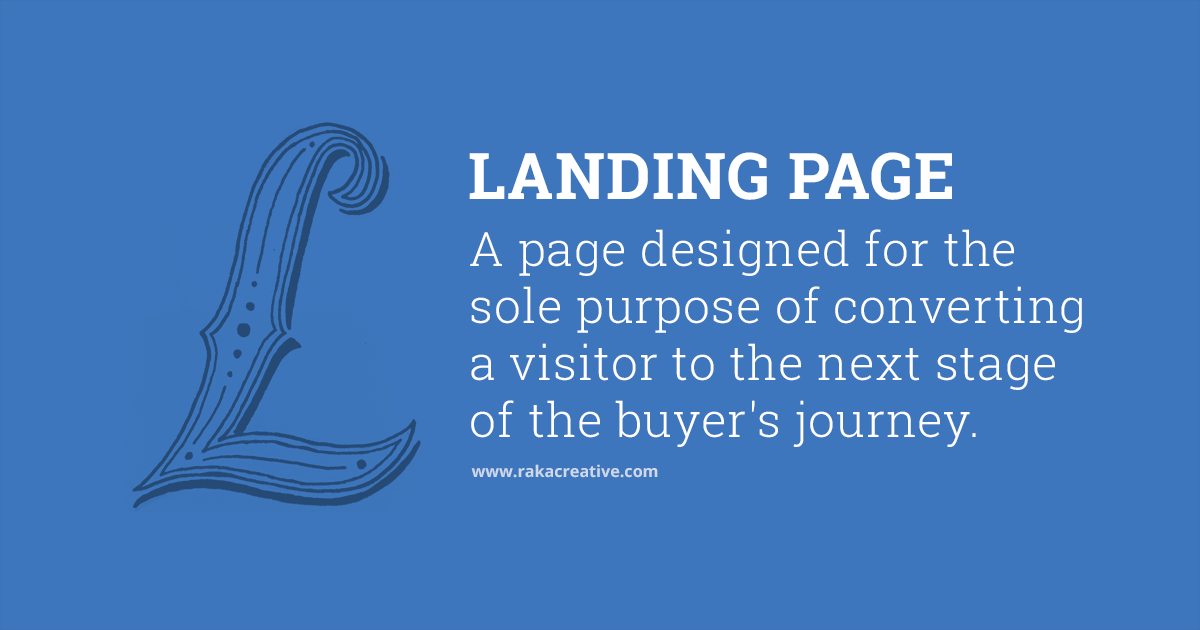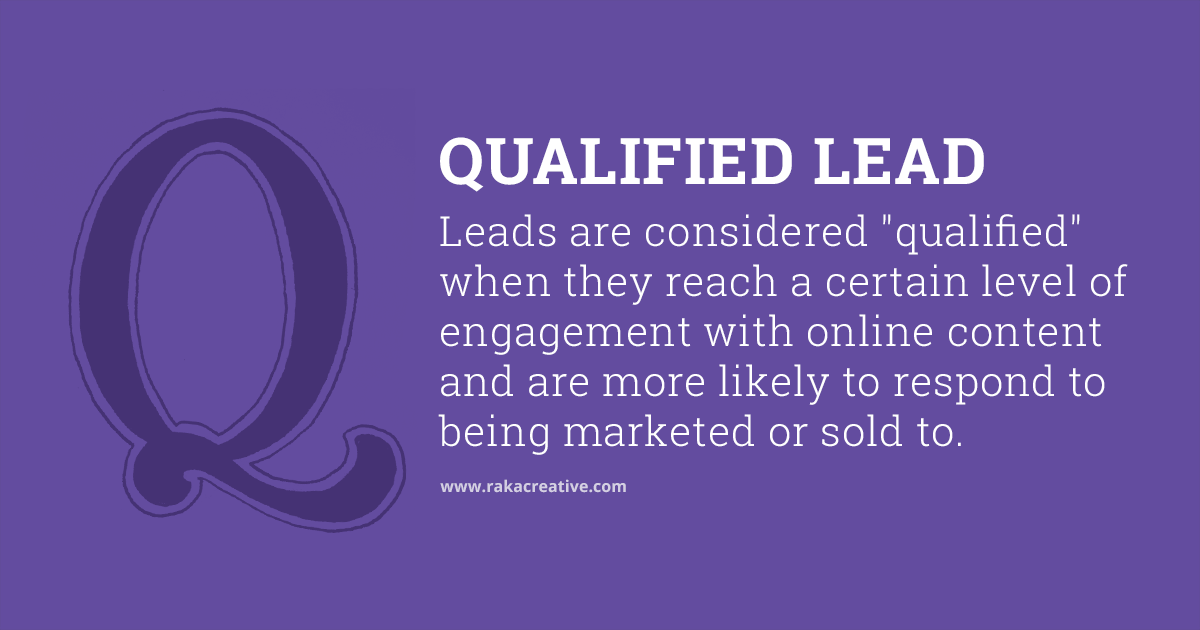“Landing page” is one of those terms that is often used in different contexts within the world of digital marketing, which can cause all sorts of confusion and miscommunication if you aren’t careful. Landing pages in the context of inbound marketing can be different from landing pages in the context of advertising or Google Analytics. Here we’re talking about landing pages from an inbound marketing standpoint.
Tell me more
Landing pages are the gates behind which you place your content offers. They generally feature an action-oriented headline, minimal text, and a form to capture information about the visitor. In exchange for this information, you provide them with whatever content or service you promised to get them to the said landing page in the first place.
Now landing pages come in all shapes and sizes, but there are a few best practices to keep in mind. For example, your landing page should always have:
- An interesting, actionable headline
- Easily scannable text that explains the offer
- A form
- A thank you page
We think you should include a few other things too, like images and smart content, but that’s a good starter list.
Your landing page should not have:
- A navigation bar
- Lots of text
- Anything that could confuse the user
When your visitors reach the landing page, you want them to do one thing, and one thing only: fill out the form. Therefore your landing pages have to be focused, simple, and engaging.
Why landing pages are important to marketers
In general, the path you want your visitor to follow goes something like this: interesting content (blog post, website page, social media update) → CTA (call to action) → landing page → thank you page → more content. And thus the cycle repeats itself until the visitor is ready to become a customer.
Landing pages are critical to this process because they are the conversion points. By filling out the form, your visitor is engaging with your company or brand and giving you the chance to shower them with more relevant content and targeted marketing efforts.
So we should put all our content behind landing pages!
No. Stop. Staaaaahhhhp.
While landing pages are an incredibly useful tool for inbound marketers, they can be overused. You need to have content out there to bring visitors to your landing page, and show your audience what you’re all about.
Remember that not everyone who reaches your landing page is going to fill out the form, and not everyone who fills out that form will become a customer. Landing pages, in addition to being part of lead generation, are also part of determining the quality of your leads. You can judge a lead’s interest in your offer (and your company) by the amount of information they’re willing to hand over.
Wait, landing pages might turn people away? No landing pages!
Creating and optimizing landing pages is all about balance; too many and you might turn away potential customers who just need a little more time (and content) before handing over their contact information, too few and you won’t be able to capture leads through your website. Since capturing leads through your website is really what this is all about, you should definitely have well-constructed landing pages.
If you skimmed this post…
A landing page in an inbound marketing campaign is a page designed for the sole purpose of converting a visitor to the next stage of the buyer’s journey through the use of a form the visitor submits to obtain an offer of some kind.
Want to learn more awesome inbound marketing terms? Check out our Inbound Marketing Definitions page.






